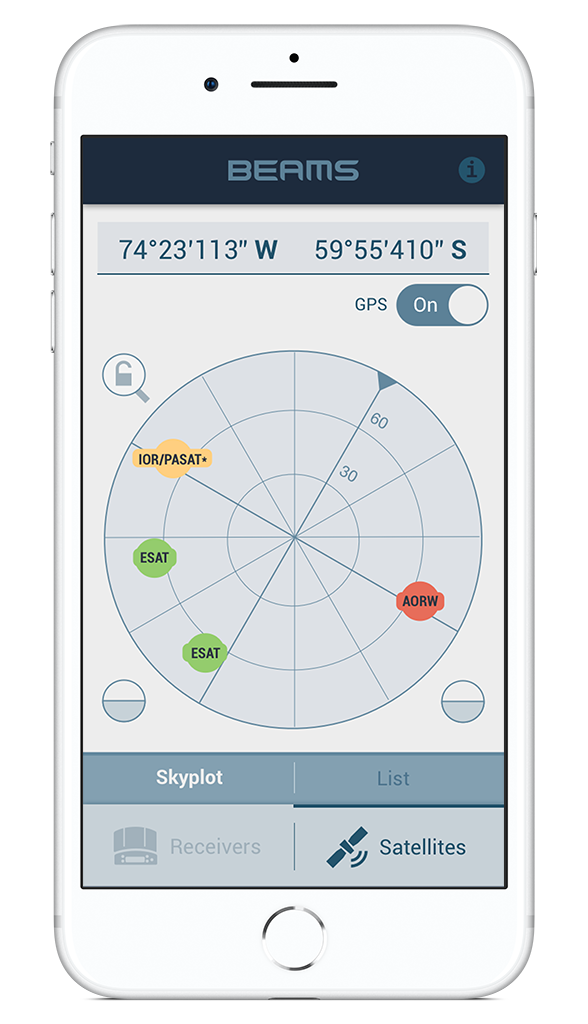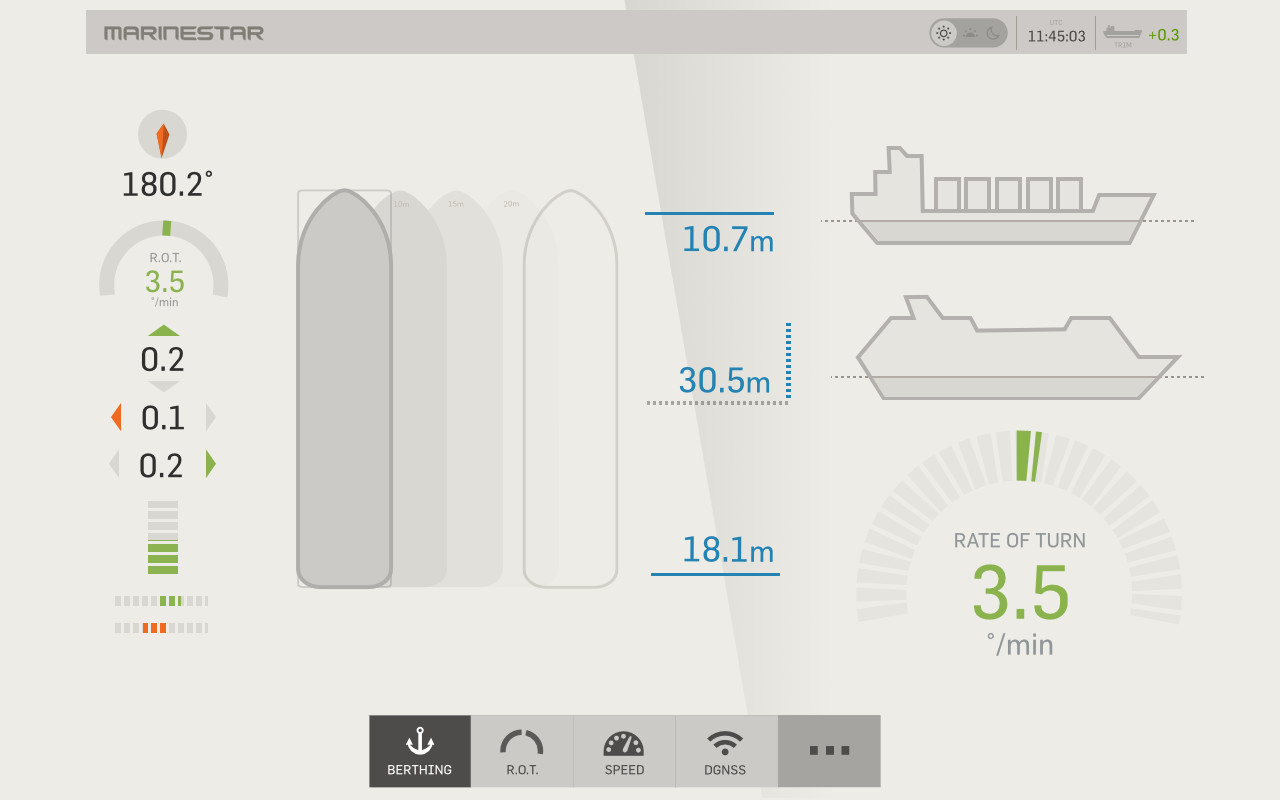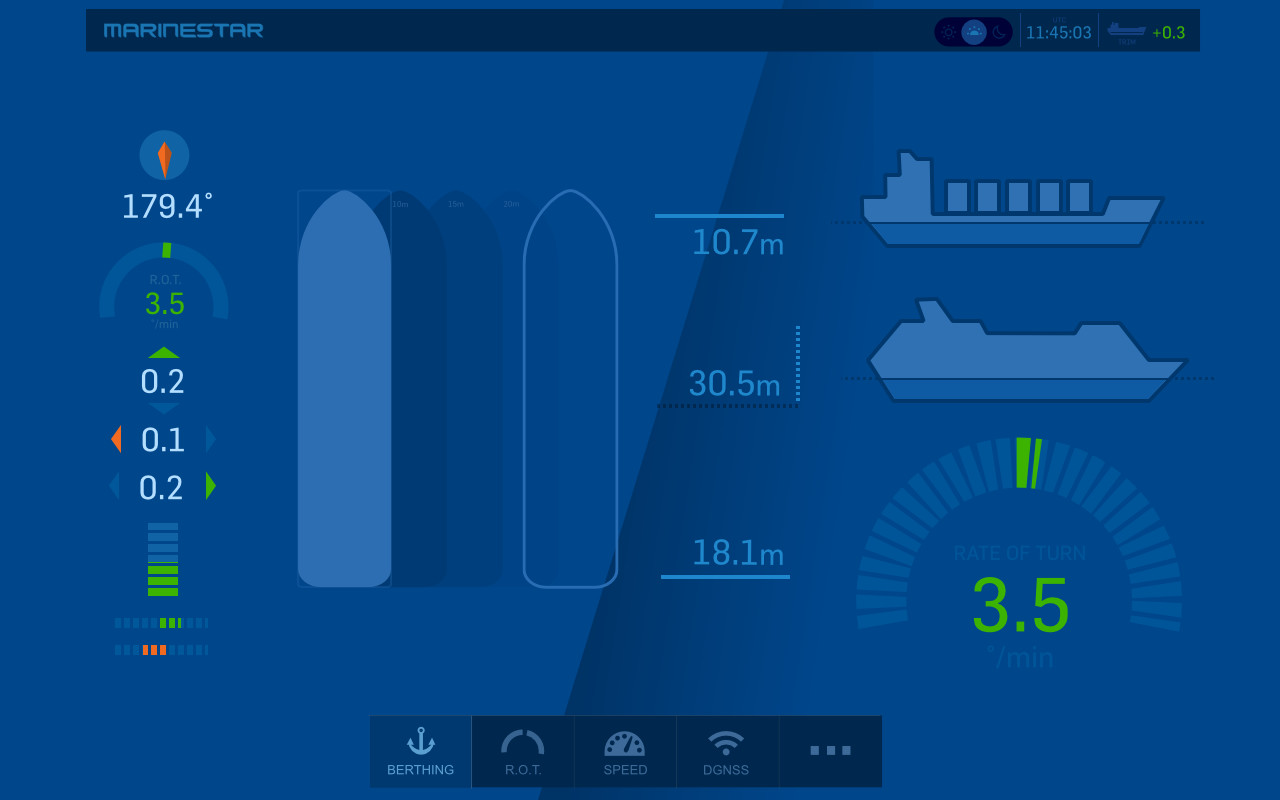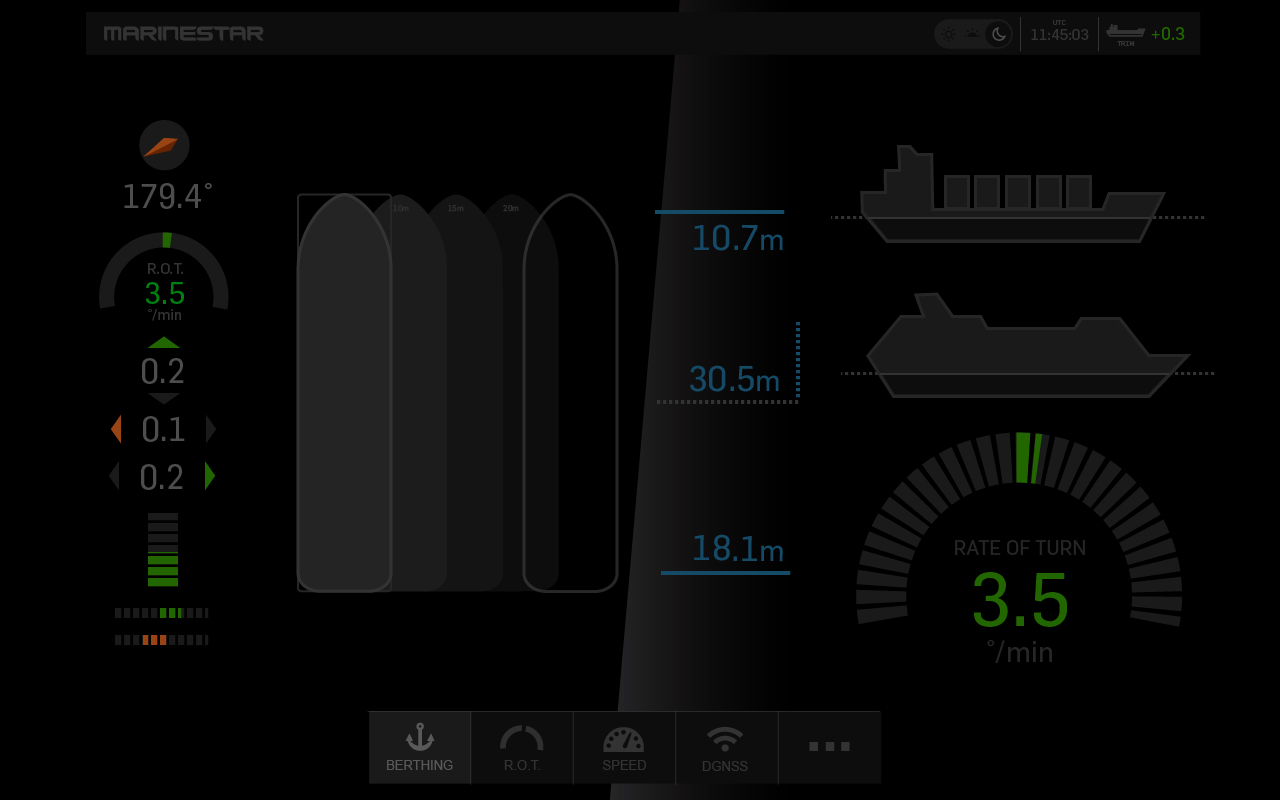Fugro Beams & Marinestar
A constellation of satellites on your phone
Introduction
Fugro provides a range of satellite-based services for vessels. In this project, the company wanted to be more visible among dozens of other maritime devices and interfaces inside a ship’s control room, and be more present for its users by releasing an app for mobile devices.
The Challenge
Fugro intended to renew the design of Marinestar, an instrument that provides dynamic positioning, berthing, trim and speed information; and release a new mobile app called Beams, which updates satellite receivers via bluetooth and show quick information about nearby satellites on screen.
The Challenge
Alice is a set of tools that is used throughout all departments of the company, from sales to accounting. Each tool is seen as separate product that shares components and functionalities with others in the platform ecosystem. Designing solutions for the platform requires a holistic perspective of the functions and a special care with the design system.
With the sudden growth of Loadsmart, several products had to be scaled for larger operations while new and smarter solutions designed from scratch and added to the platform.
My Role
Working as a Senior Designer at Eggs, I conducted all interviews and workshops to gather information and requirements that allowed us to do both projects. From the service offering and usability flows until the icon and color codes, I designed both interfaces and delivered assets to the teams of engineers that developed the products.
RESEARCH
By connecting with several satellites, Fugro's instruments are essential for the precise positioning of ships but remain mostly hidden inside the control room and fight for brand recognition amongst other giants of the industry.
Together with their engineers, we envisioned an app that would bring basic functionalities to owners of the receiver. To mark this step towards a new vision of the company, we would also redesign the screen-based positioning tool to match the branding.
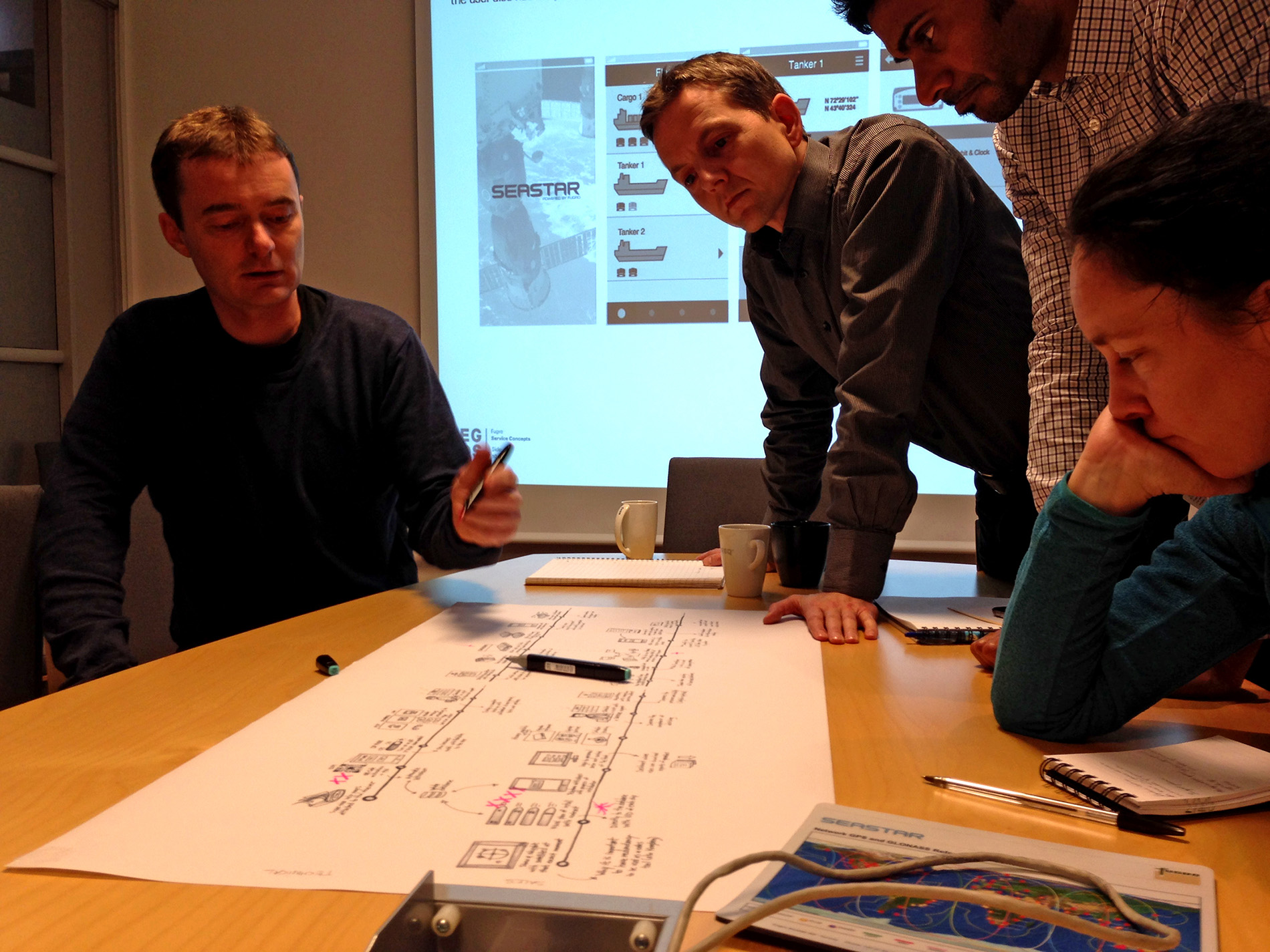
CONCEPT AND DESIGN
The new Beams app starts by showing a Skyplot with the closest satellites, their type, signal strength and position around the user location. By using the device's gyroscope, the app can adjust the compass according to the user's orientation, or lock the north on the top by tapping a button on the left.
Beams also shows Procedures for changing the receiver to connect with a new satellite and download the latest update of the its firmware.
CONCEPT AND DESIGN
The new Beams app starts by showing a Skyplot with the closest satellites, their type, signal strength and position around the user location. By using the device's gyroscope, the app can adjust the compass according to the user's orientation, or lock the north on the top by tapping a button on the left.
Beams also shows Procedures for changing the receiver to connect with a new satellite and download the latest update of the its firmware.
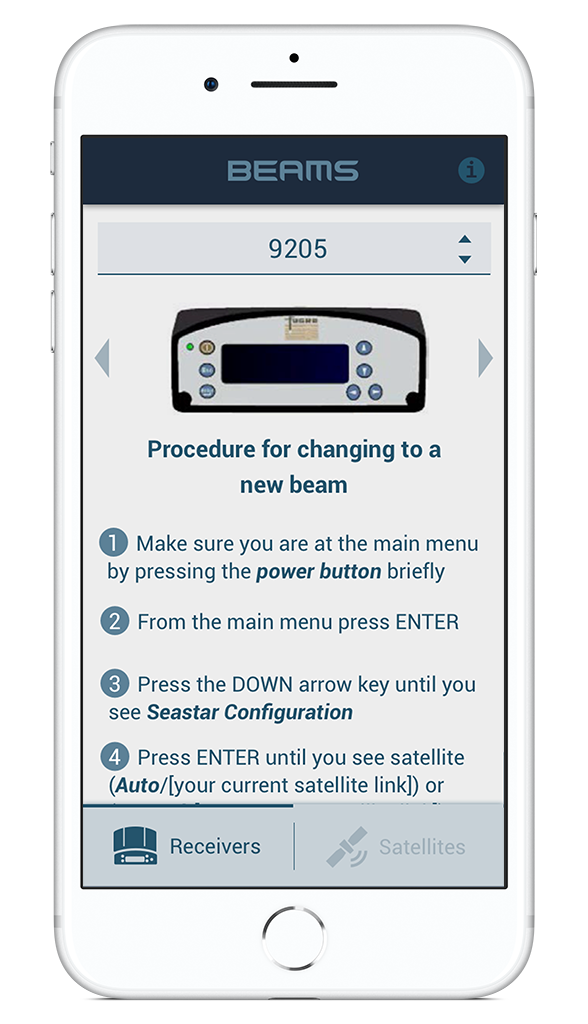
Besides the skyplot, the user is able to switch tabs and change the coordinates manually to get a List of satellites above and below the horizon line, with azimuth and elevation.
Beams was developed used Xamarin: a cross-platform framework that allows cost effectiveness, reusable code and easy maintainability. For this reason, the design was made using a neutral look to feel native for both iOS and Android.

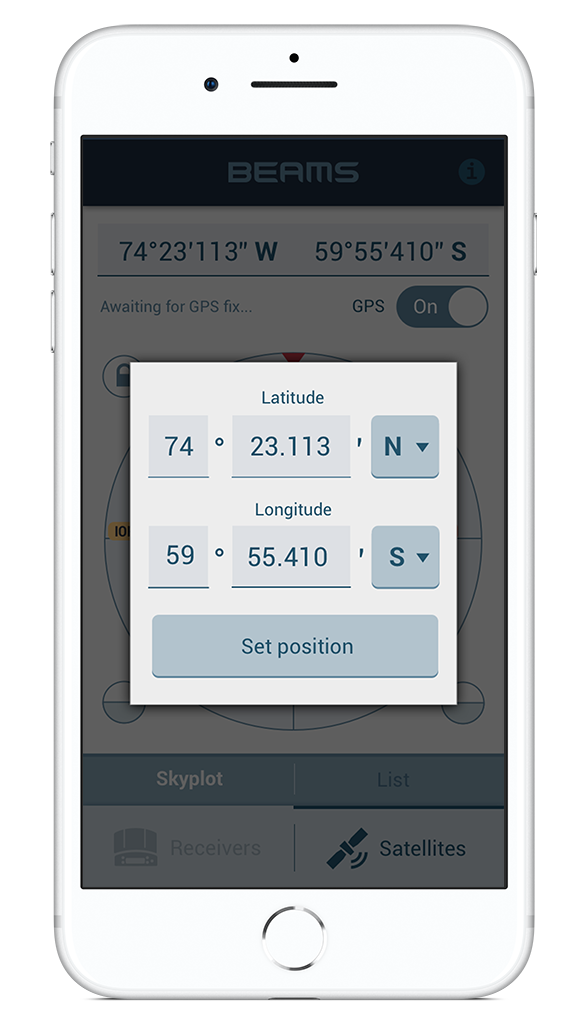
MARINESTAR
Screen-based devices that are installed on ships have to comply with a luminosity rule that adapt to different times of the day. Almost all screens have three color modes: light, dusk and dark. All interface and icons were tested in these modes using dark rooms to mimic the effects of brightness during a night sky in the middle of the sea.
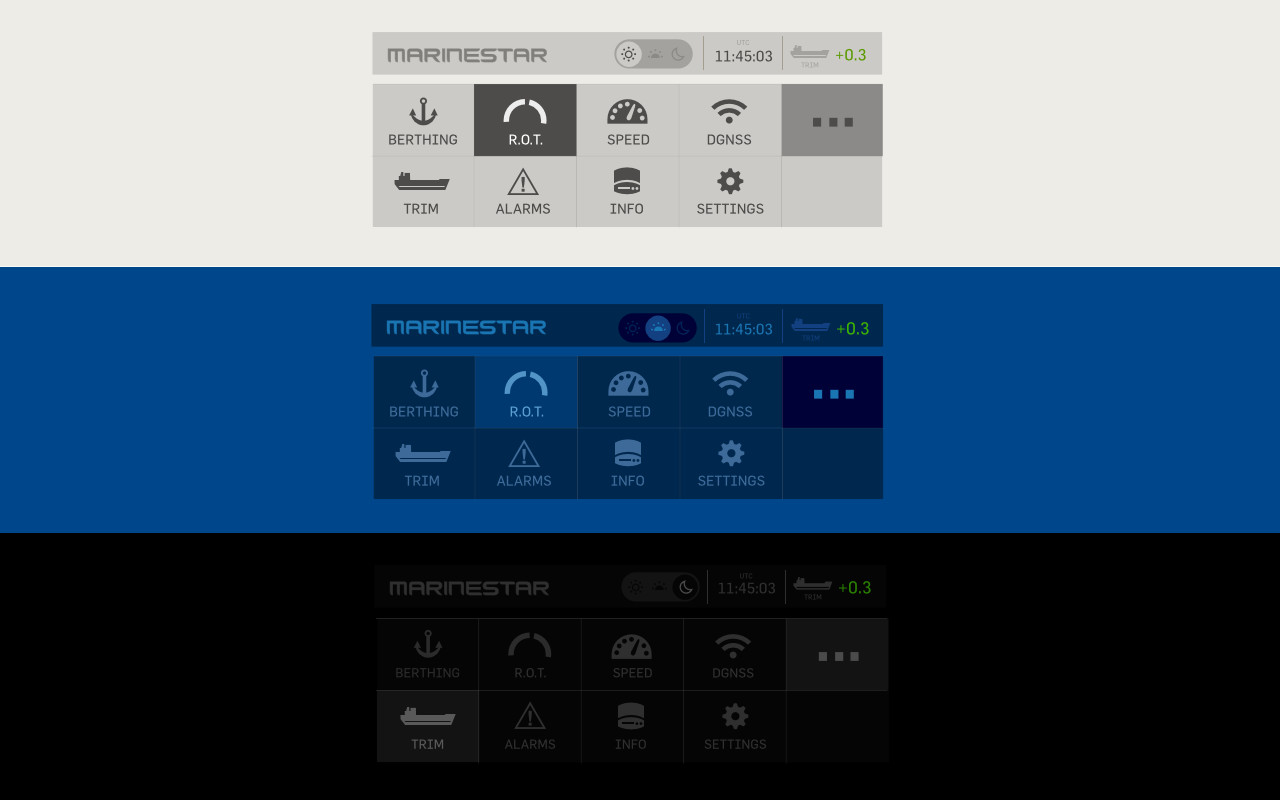
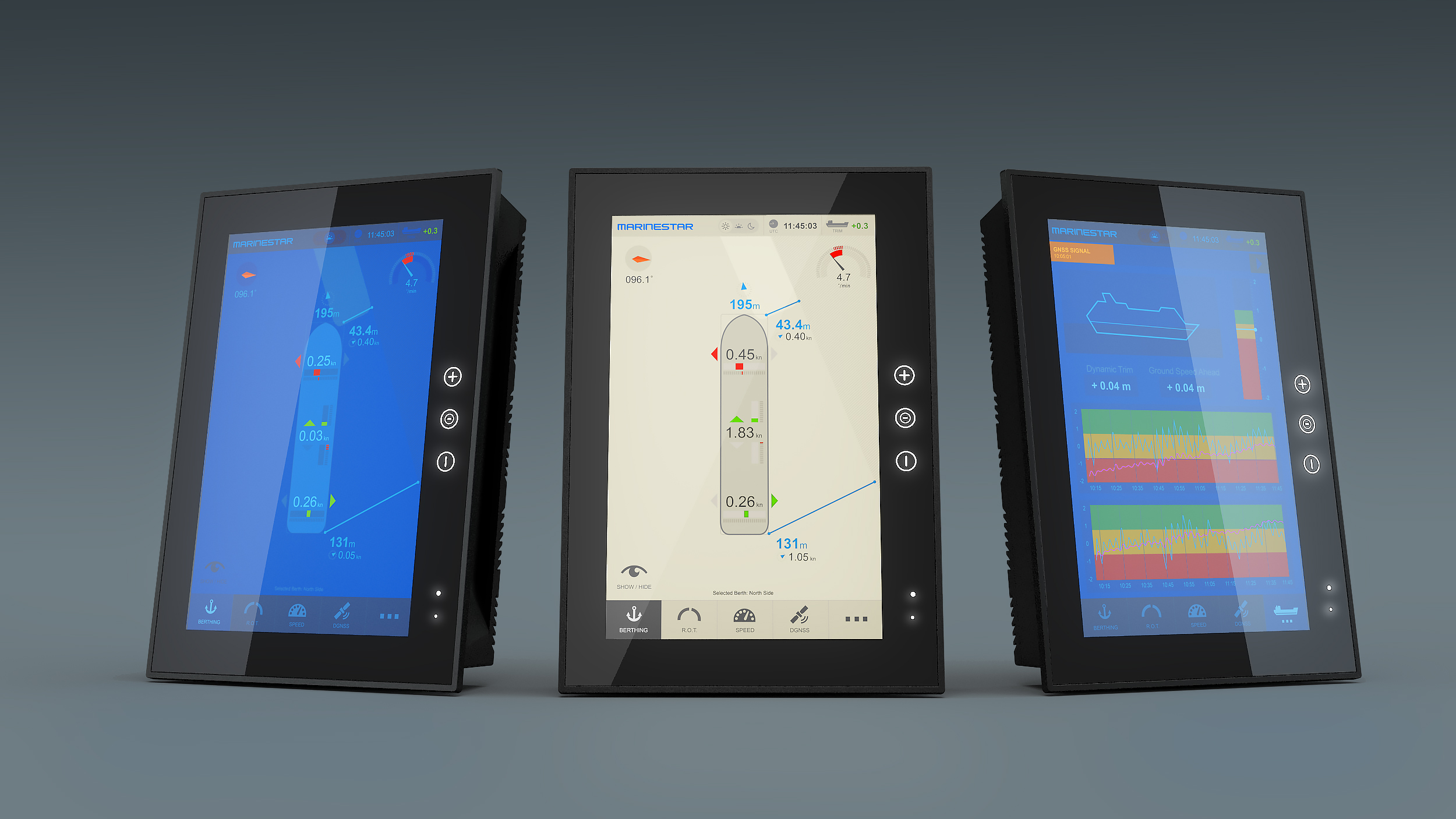
Takeaways
The maritime industry took a turn in the past 10 years, adopting better interfaces for instruments that used to be mostly made by engineers to engineers. While working at Eggs, I had the chance to bring new concepts for several maritime clients such as DNV, Aptomar, ABB and the Norwegian Coast Guard.
Fugro gave us the opportunity to experiment with a new layer of usability using advanced navigation technology under the hood.
Takeaways
The maritime industry took a turn in the past 10 years, adopting better interfaces for instruments that used to be mostly made by engineers to engineers. While working at Eggs, I had the chance to bring new concepts for several maritime clients such as DNV, Aptomar, ABB and the Norwegian Coast Guard.
Fugro gave us the opportunity to experiment with a new layer of usability using advanced navigation technology under the hood.
Other Projects
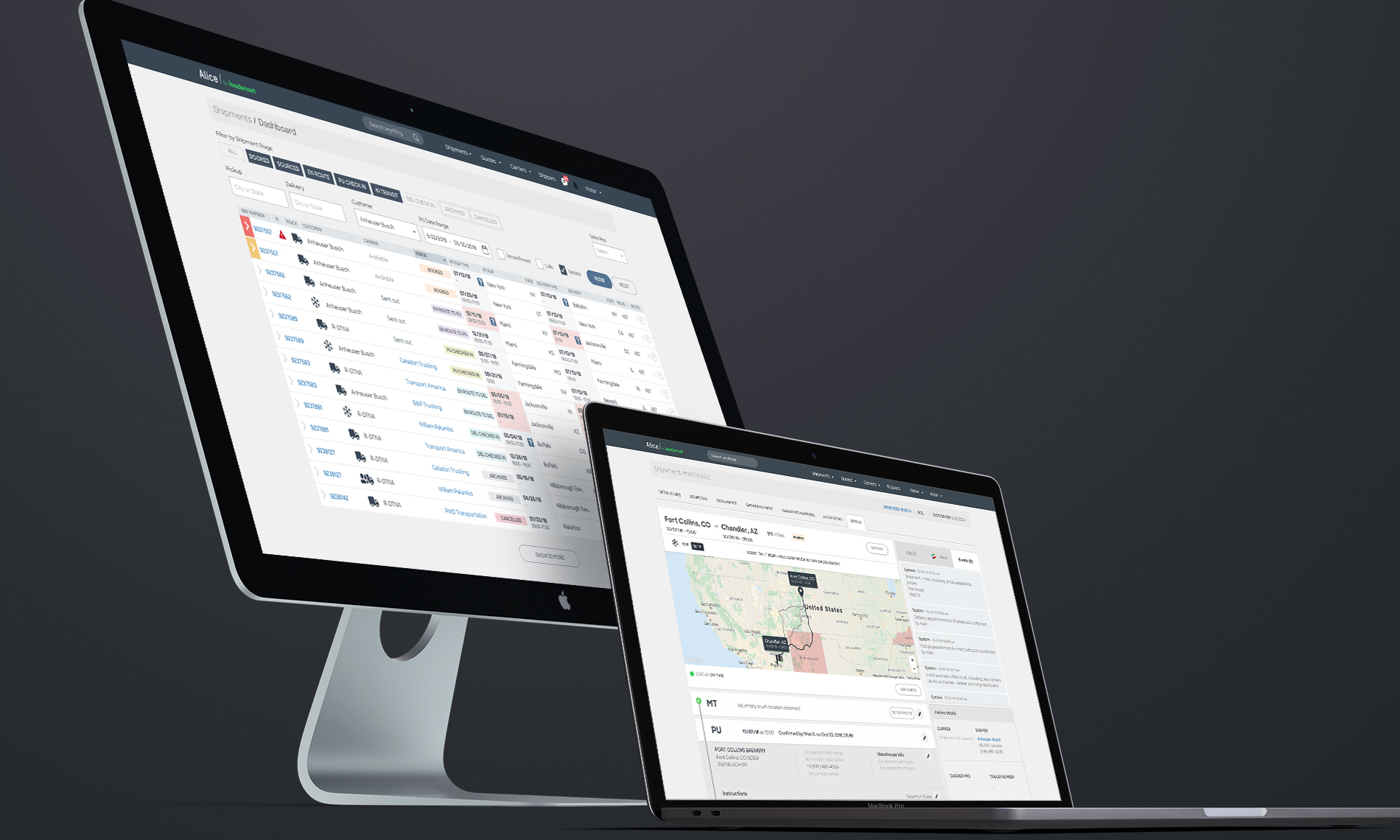
🔓 AliceThe technology behind a freight logistics service
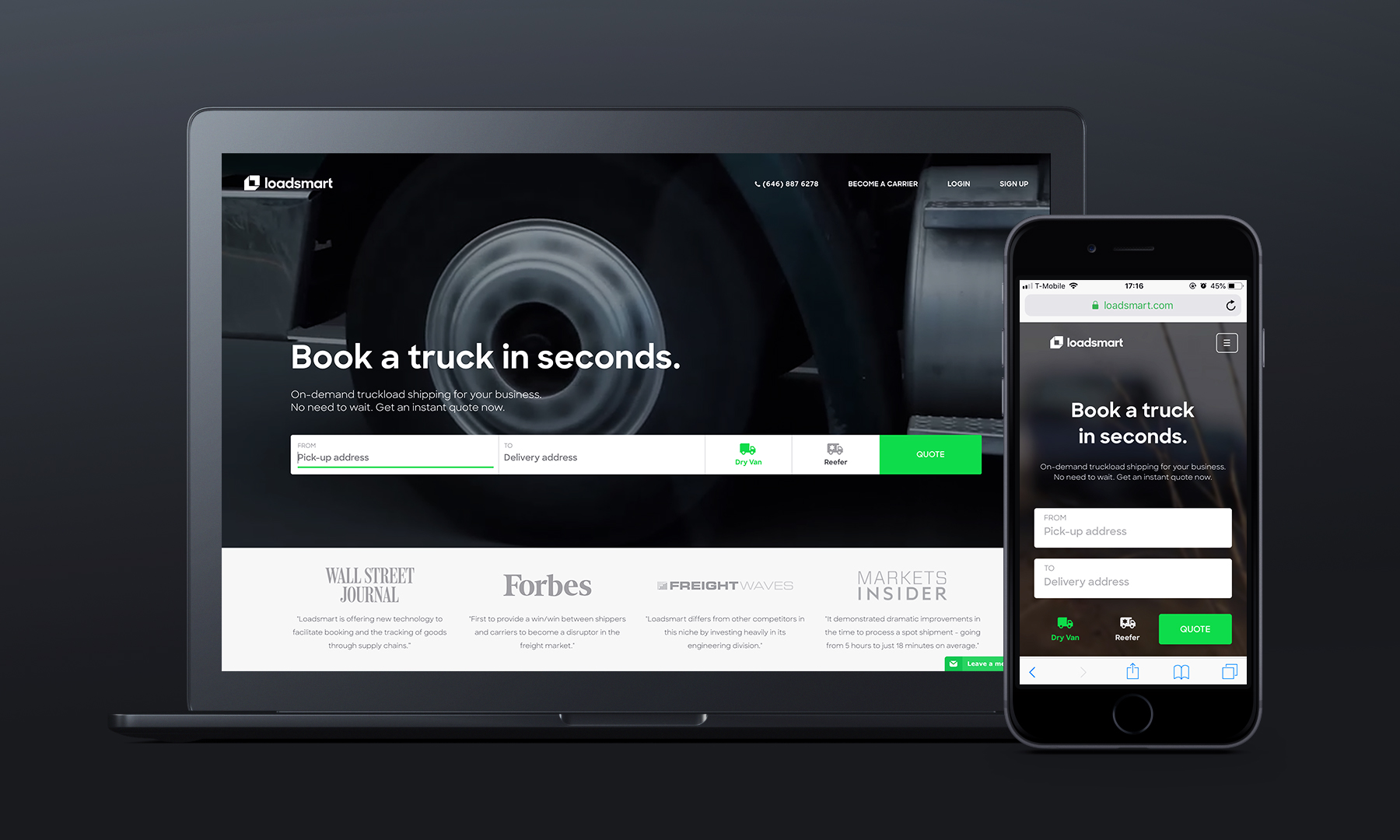
LoadsmartA design made to disrupt truckload shipping
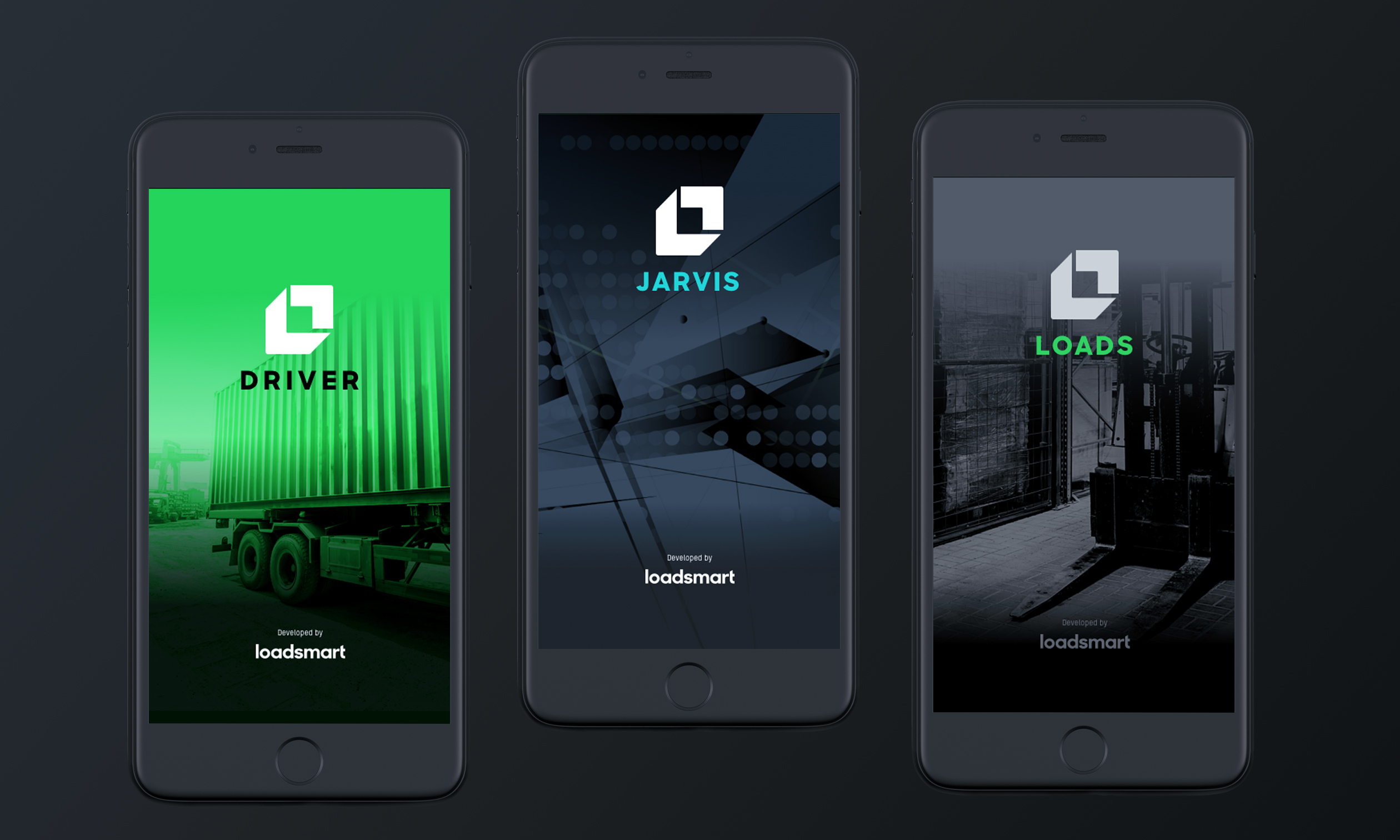
Loadsmart MobileNative app designs for iOS and Android

🔓 PiqlPhysical preservation of digital files
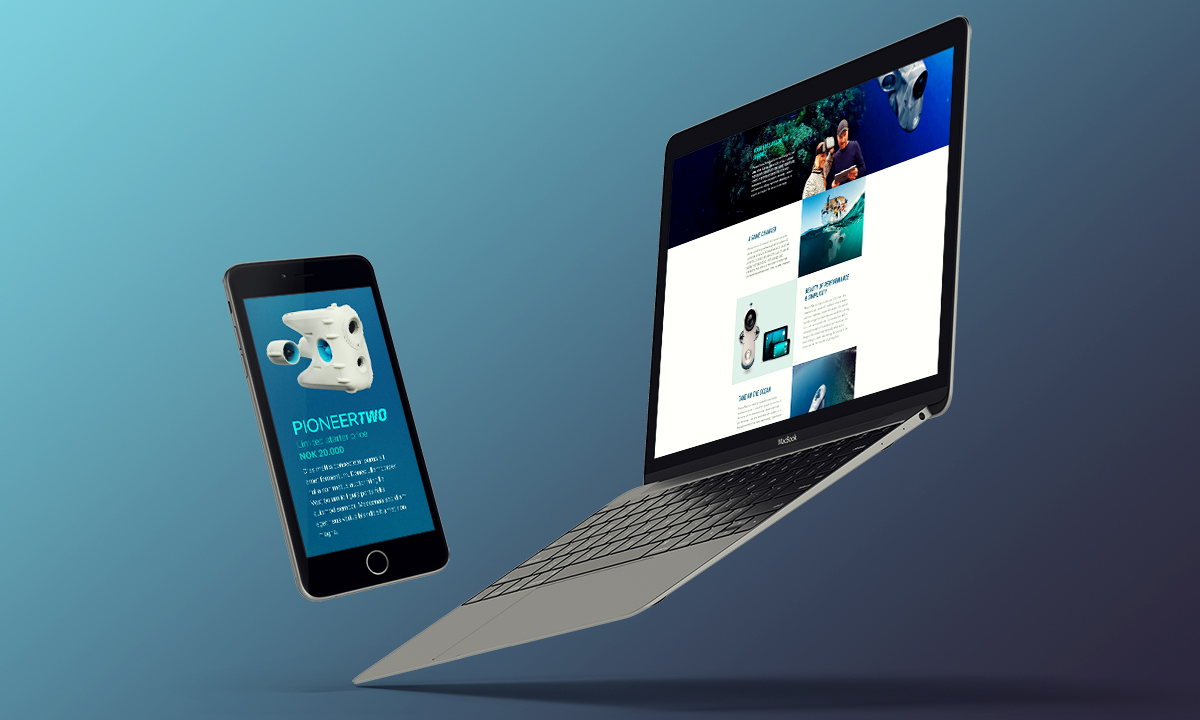
BlueyeThe first consumer underwater drone
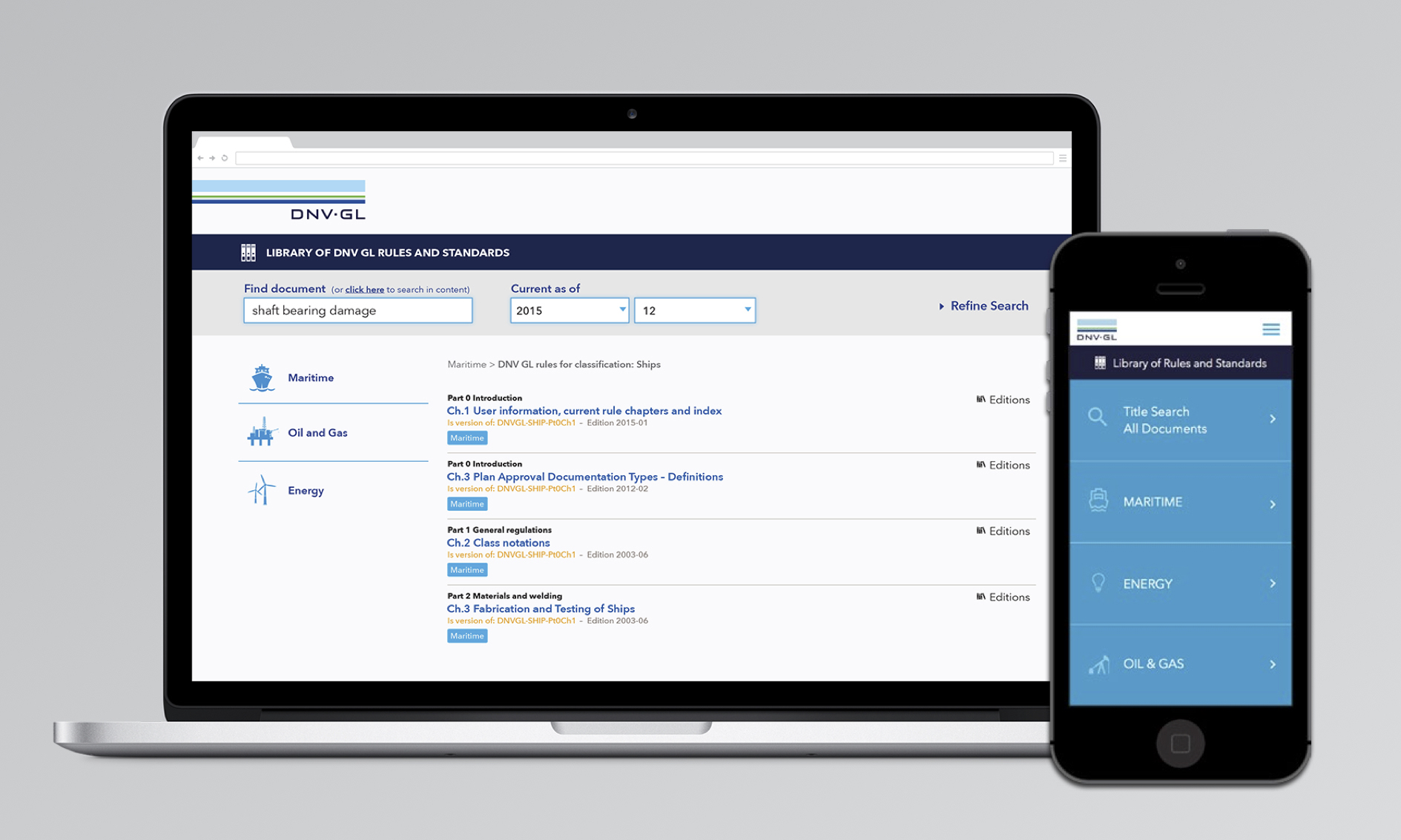
DNV-GLAn oracle of maritime standards
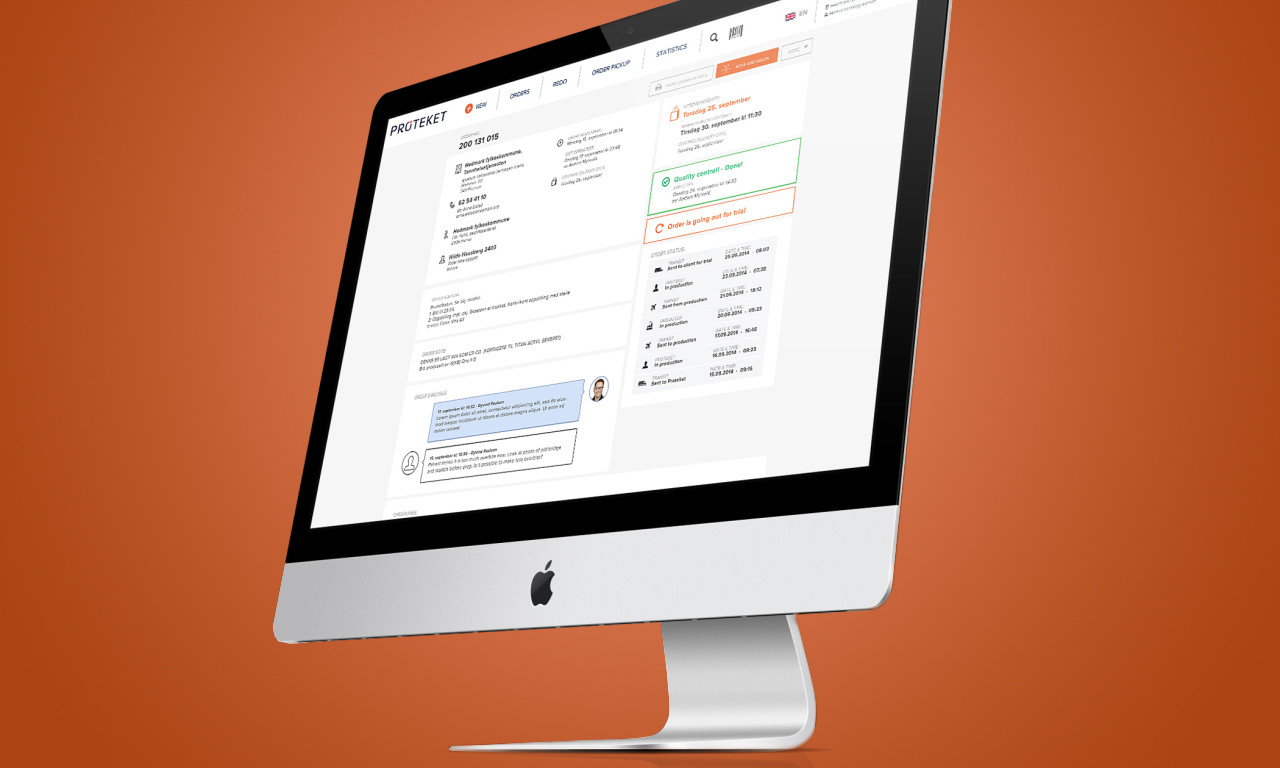
ProteketShop experience for teeth prosthesis
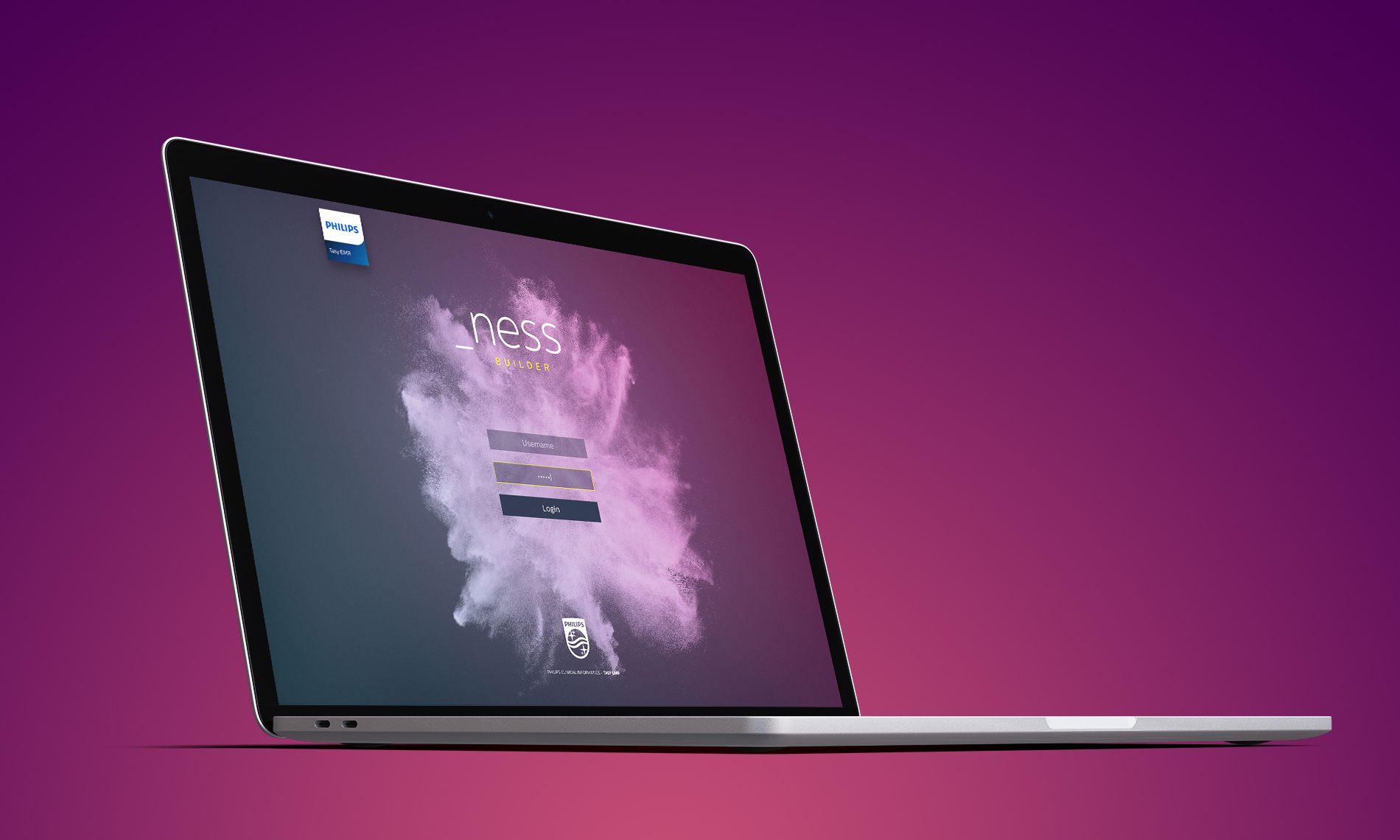
🔓 _nessCustomized branding of an internal UI

Piezo ShowerA self-heating shower
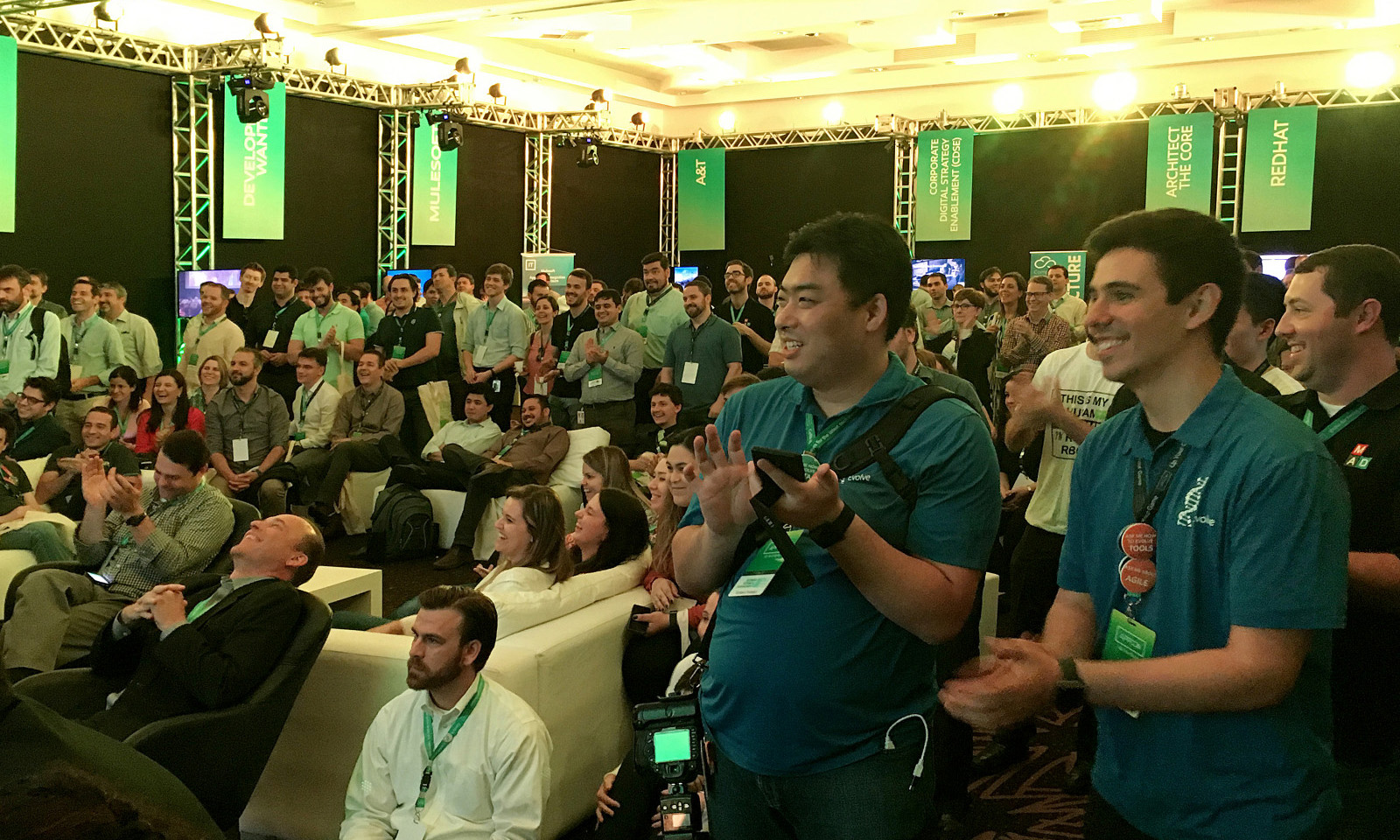
🔓 AppconThe conference of new technologies
© 2018 VICTOR STELMASUK. ALL RIGHTS RESERVED.
